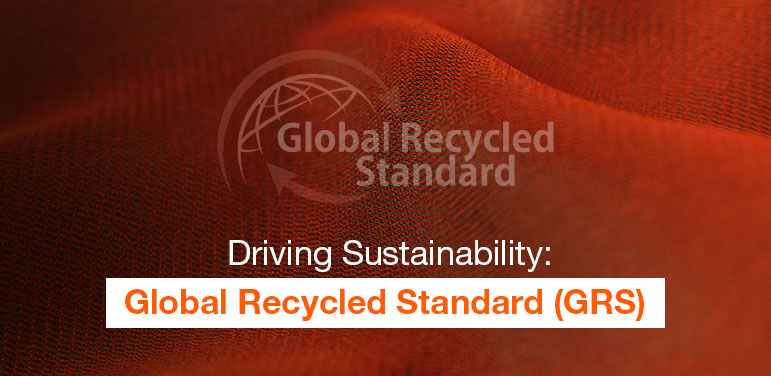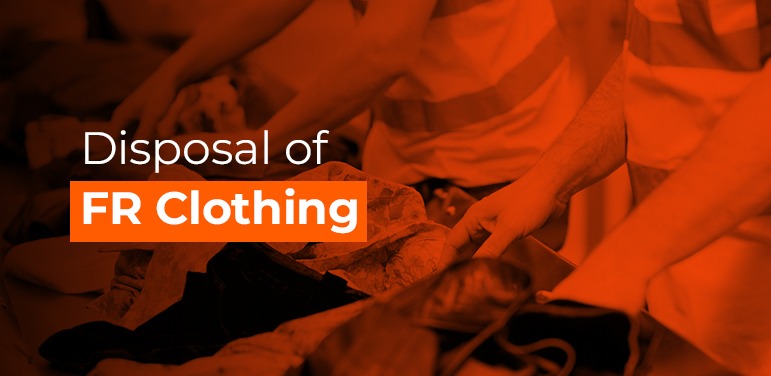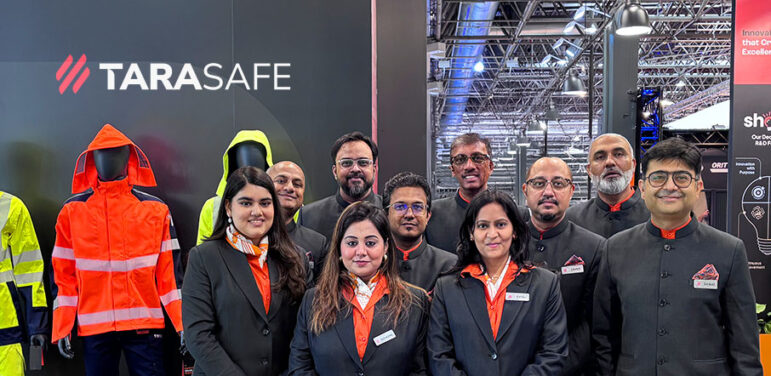DÜSSELDORF, GERMANY – Following four highly impactful days, Tarasafe International Pvt Ltd concluded its participation in AplusA 2025, marking its most successful exhibition in its long history with the esteemed event. The fair served as the ceremonial launchpad for a comprehensively reimagined brand identity and a revolutionary suite of flame-resistant (FR) protective solutions. The Evolution …
Read More
PFAS – What It Means, Safety Concerns, Regulations & PFAS-free Alternatives
What Are PFAS? PFAS stands for Per- and Poly- Fluorinated Alkyl Substances. PFAS are a large group of complex synthetic chemicals that have been used in the industry and consumer products around the world since the 1950s. They are used to give water, oil, and dirt repellent effect in various everyday products such as non-stick …
Read More
Variation in Arc-Flash Test Results
Introduction Understanding the effects of test setups and material testing parameters on arc flash results is vital for ensuring the safety of workers exposed to electrical hazards. The variability in heat transfer processes during arc flash events can significantly influence the arc ratings of personal protective equipment (PPE). This blog explores how different testing conditions …
Read More
Global Recycled Standard (GRS)
In a world where environmental concerns are at the forefront of every discussion, the textile industry is one of the largest polluters in the world, contributing to environmental degradation and exploiting workers in the process. As consumers become increasingly aware of these issues, sustainable practices become critically important for stakeholders across the textile manufacturing & …
Read More
What indicators are an adequate PPE based on?
Personal Protective Equipment (PPE) is designed to ensure the safety of workers in hazardous environments. However, not all PPE are manufactured equal. Adequate PPE is crucial in protecting workers and ensuring job safety. Critical indicators of an adequate PPE: 1. Protection – The primary function of an adequate PPE is to protect workers from specific …
Read More
The Advantages of Cotton-Hemp Blend Fabric for Eco-Friendly and Lasting Apparel
Researchers and inventors are being inspired by the widespread acceptance of slow fashion to create lasting, eco-friendly apparel. There are several possibilities, including fabric made of organic cotton, hemp, and bamboo. The front-runners in the market for fabric are clearly hemp and cotton. The crop and fibre plant known as cotton is well known. When …
Read More
Popularity of FR Cotton in the market
Cotton is one of the earliest known fibers to mankind. It has many beneficial properties, making it the most loved fiber for clothing. Clothing made from cotton fibers provides better moisture control. Cotton fabric is breathable and transmits moisture away from the body as it is absorbent and removes liquid from the skin. It keeps …
Read More
Improving comfort with FR choice options for workers
Flame-resistant garments are used by workforces who are exposed to flame and heat hazards in their work environment. However, the crucial point is to provide physical ease and relaxation added to offering the required protection. Several studies conducted in Call Centres and Textile factories show a 2 to 15% reduction in worker productivity when the …
Read More
Disposal of FR Clothing
Flame retardants (FRs) are used to increase the chances of survival against fire or flame by limiting its propagation. FRs in textiles are used irrespective of product type for reducing their flammability, for instance, in baby clothing, pushchairs, car seats, upholstery, aprons, industrial and protective clothing. Protective clothing segment, majorly produced out of cellulosic fibers …
Read More
A Refresher Course To Flame Resistant Clothing (FRC) – Module 2
Table of Contents – Module 2: February 2021: Do we really need Flame-Resistant clothing? What happens if my company and I don’t comply with FR standards? How long does FR clothing last? Caring for my Flame-Resistant clothing? How to wash and dry FR clothing? Can you dry-clean FR clothing? How many times can you wash FR …
Read More
